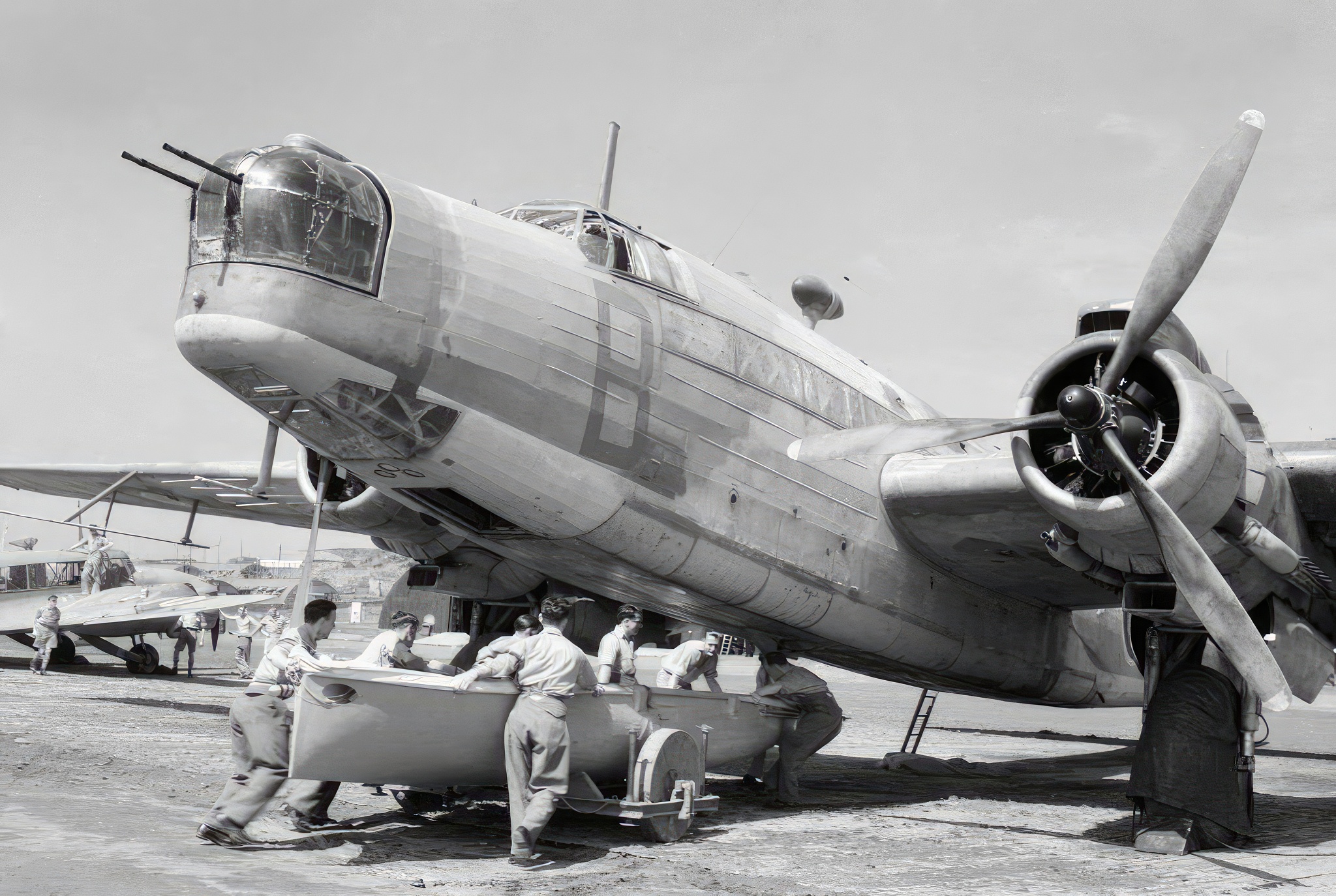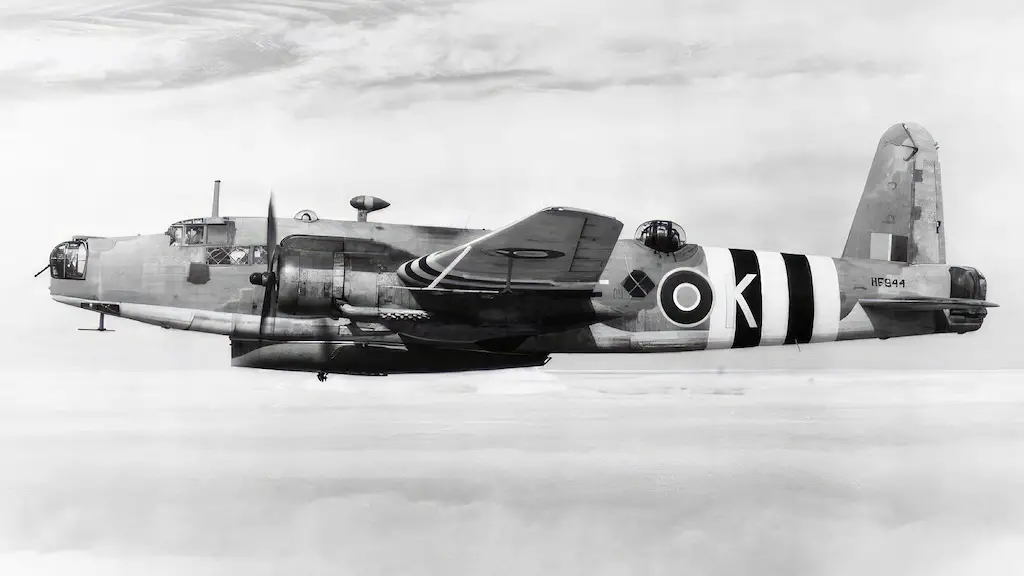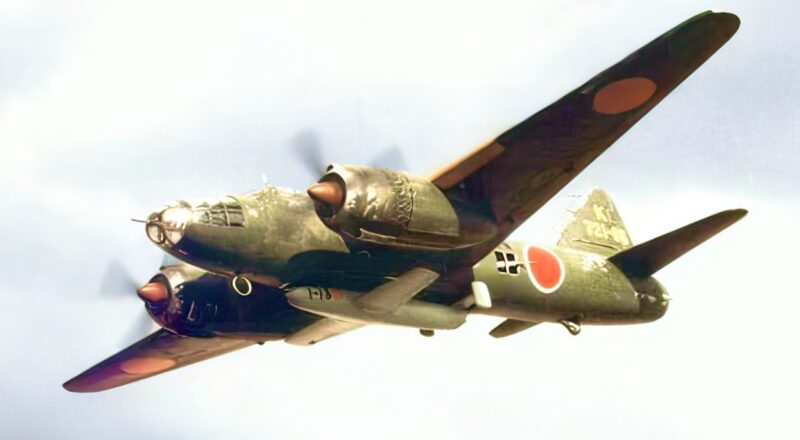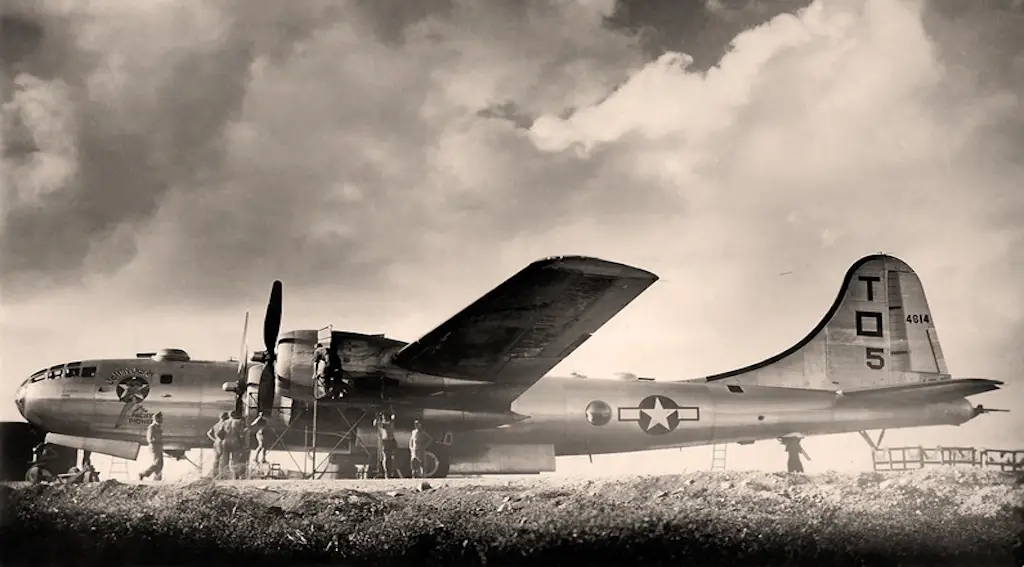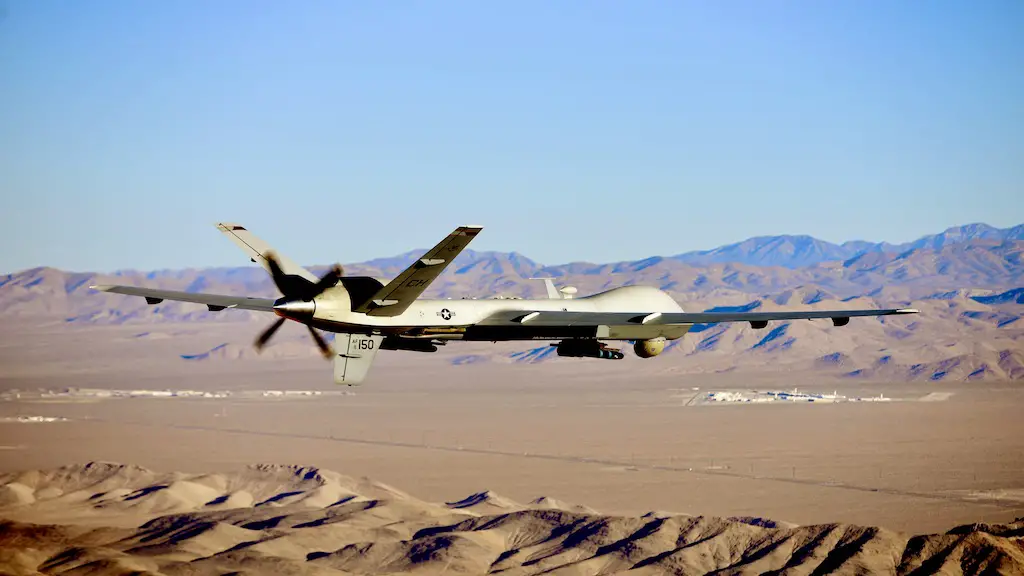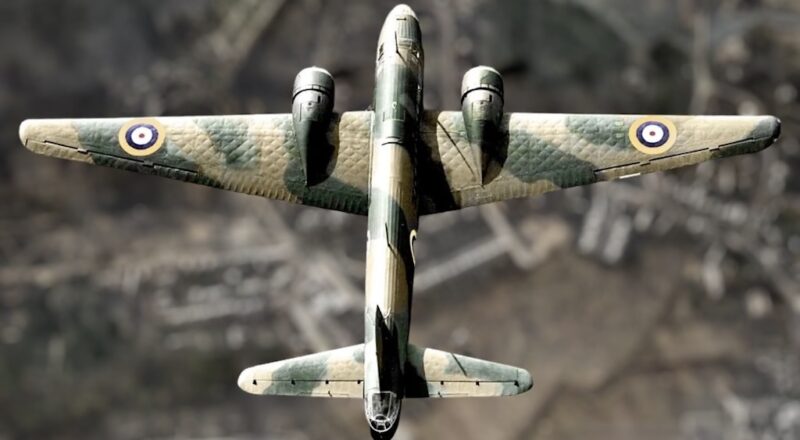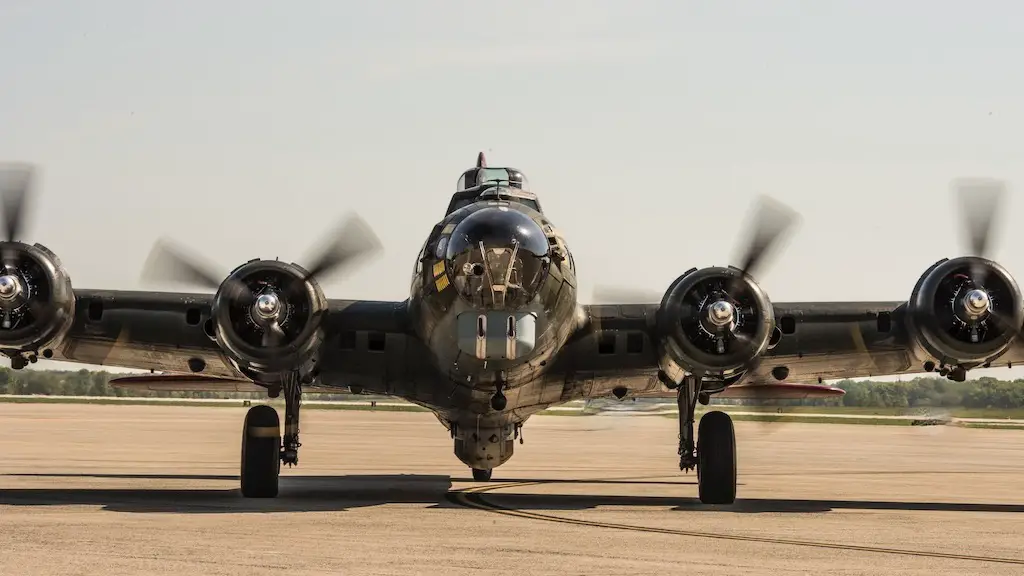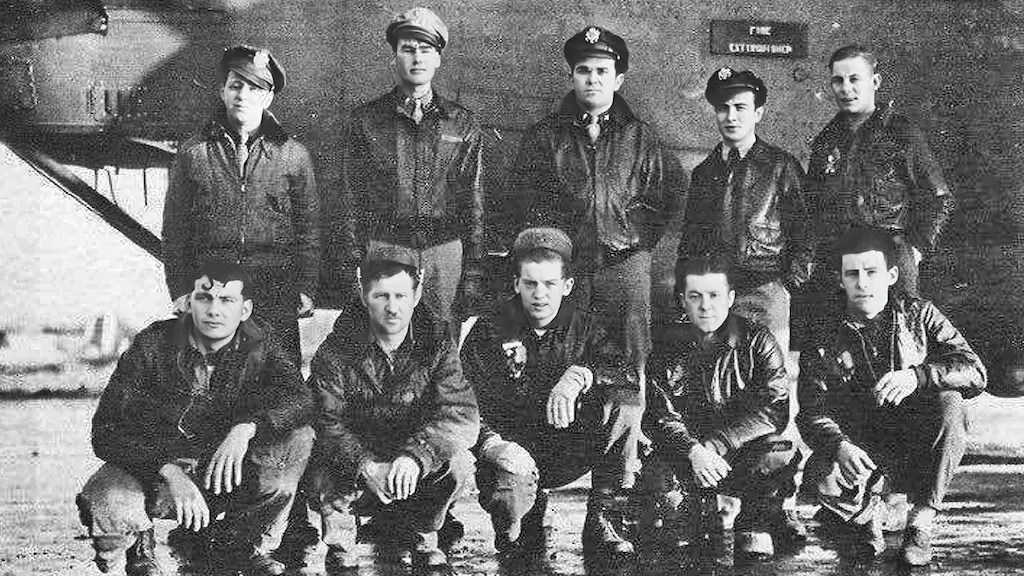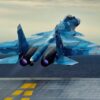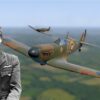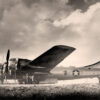The Vickers Warwick was a versatile and durable bomber with admirable service history during WWII. However, its contributions are often overlooked compared to other more famous aircraft like the Spitfire or the Lancaster bomber. The plane wasn’t as advanced or flashy, so it was rarely seen on propaganda posters. However, it still played an essential role in some of the war’s most crucial battles. Nowadays, the Vickers Warwick plays a significant role in the annals of aviation and serves as a reminder of the courage and ingenuity of the engineers and pilots who flew and maintained it.
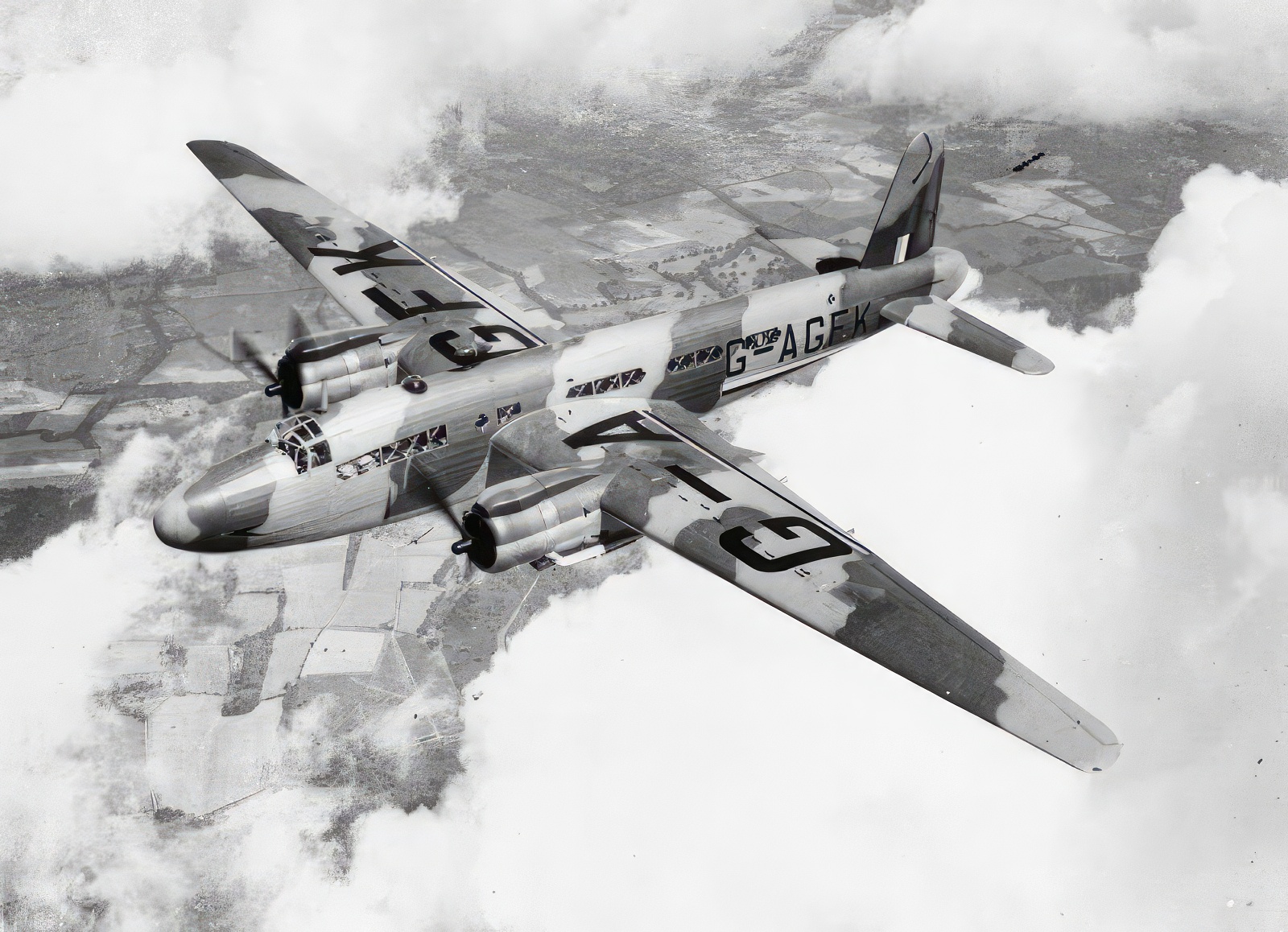
Development history
The Air Ministry’s Specification B.1/35 formally requested a twin-engine medium bomber to replace the aging Hawker Hart and Hind bombers. This sparked the beginning of the Vickers Warwick’s development in the early 1930s. Under the direction of Rex Pierson, Vickers’ design team chose to base the new aircraft’s basic layout on the successful Wellington bomber.
Just before World War II began, in August 1939, the Warwick prototype made its first flight. However, the original design had several issues, including poor performance and poor handling. Over the duration of the war, the aircraft was gradually enhanced and improved as these problems were resolved in later versions.
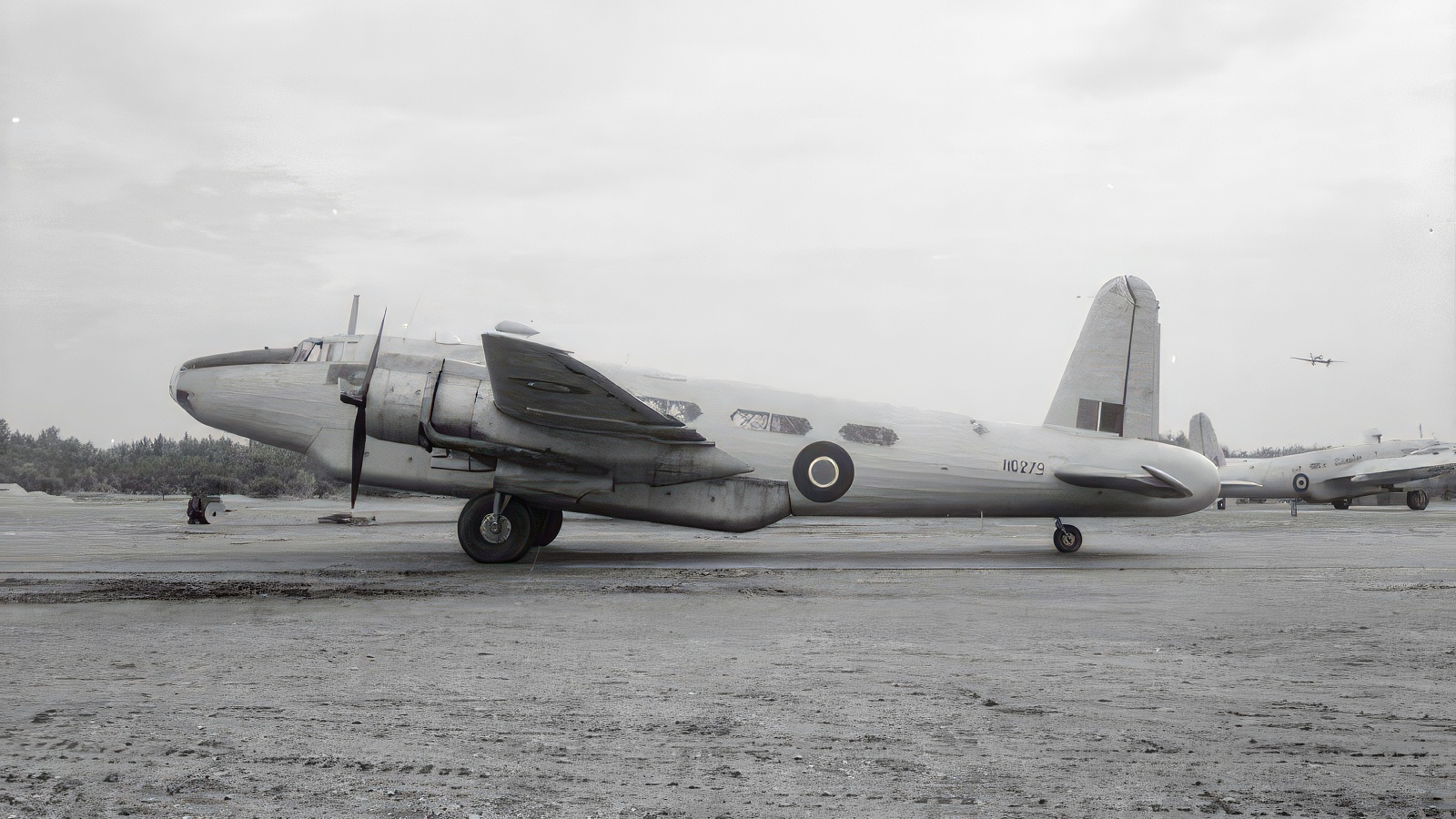
The Warwick’s mission changed from medium bomber to maritime patrol and anti-submarine combat as the conflict continued. The aircraft underwent significant modification for these missions, receiving radar, sonar, and other specialized equipment. A few aircraft were modified to act as VIP transports for senior officers, and the Warwick was also used for air-sea rescue and transport operations.
Slow and steady doesn’t always win the race.
The Warwick had a number of problems, one of which was its slow speed, which left it open to ambush from faster enemy aircraft. The aircraft’s lack of speed and agility during daytime operations made it a target for enemy fighters, which was an issue.
The Warwick’s size and weight also made handling challenging in some circumstances. The aircraft was slow to climb and had a wide turning circle, making it challenging to avoid enemy fire or participate in dogfights with their fighters.
The Warwick also had a range and endurance issue, especially compared to other aircraft used for anti-submarine combat and maritime patrol. This meant that in order to increase its range, the aircraft frequently had to operate from forward bases or depend on in-flight refueling.
Channel Dash
The “Channel Dash” is among the most well-known stories featuring the Vickers Warwick and its pilots. The German Navy tried to cross the English Channel and return to Germany in a daring operation in February 1942 involving the battleships Scharnhorst, Gneisenau, and Prinz Eugen. The ships posed a serious threat to Allied shipping in the Atlantic because they had been trapped in the French port of Brest since the autumn of 1941. With the help of the Royal Air Force, Fleet Air Arm, and Royal Canadian Air Force aircraft, the British began a massive operation to intercept the German ships.
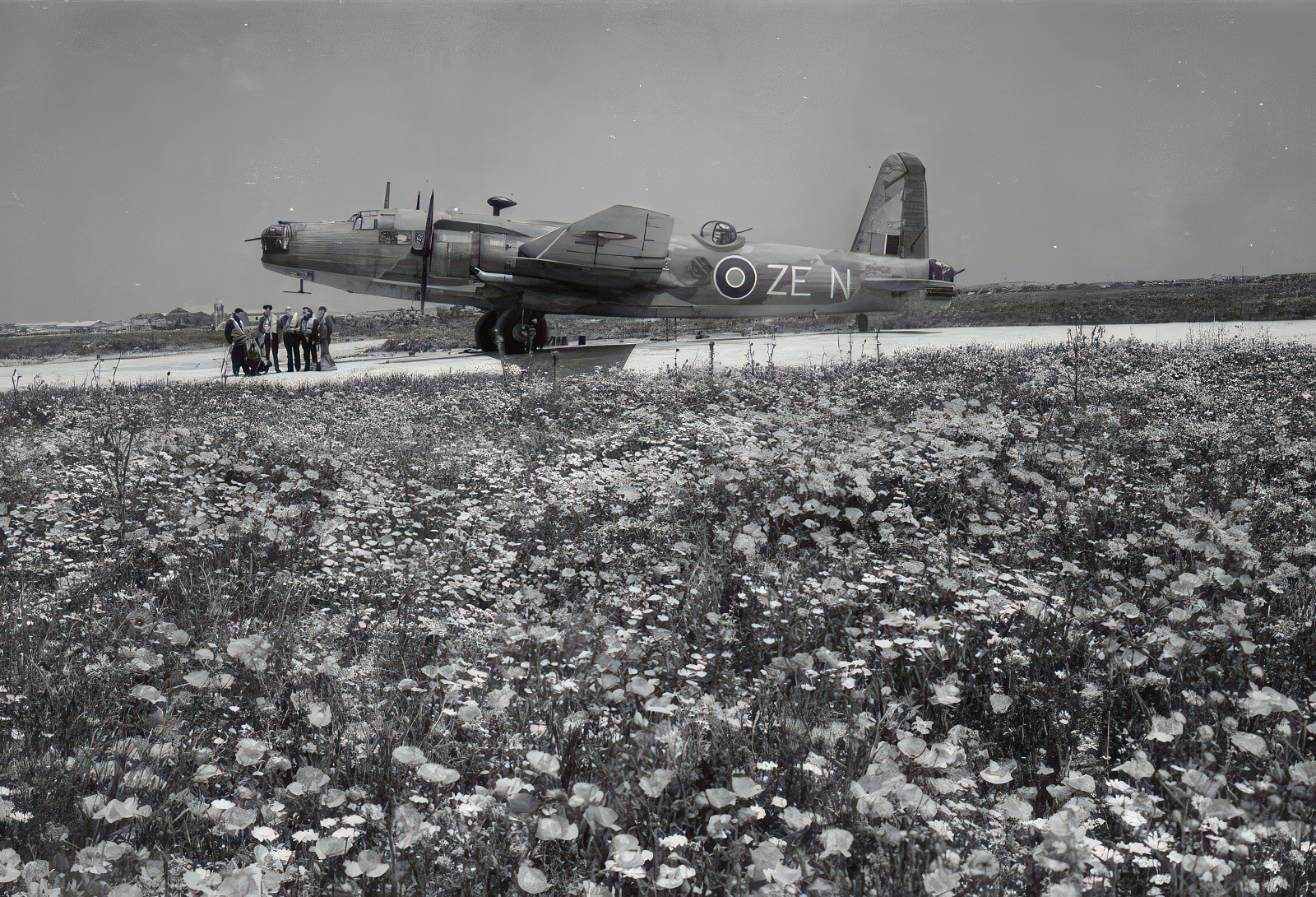
Wing Commander Kenneth Horatio Wallis was one of the attackers’ pilots. Wallis was piloting a Vickers Warwick bomber out of Cornwall’s St. Eval, home to No. 279 Squadron. During the assault, his aircraft was struck by enemy fire because he was one of the few pilots who were able to make contact with the German ships. Wallis received damage to his aircraft, but he kept it in the air and flew back to base, gaining him the Distinguished Flying Cross in recognition of his bravery.
U-boat killer
Richard Reynolds, a flight lieutenant, was another renowned Warwick aviator. During the Battle of the Atlantic, Reynolds piloted a Warwick and is credited with destroying two German U-boats. On one occasion, Reynolds engaged in a U-boat assault after another aircraft had already caused damage to it. He detonated depth charges that brought the U-boat to the surface so that Reynolds and his men could finish it by strafing it with machine guns.
These are just a few instances of the courage and expertise displayed by the Vickers Warwick pilots during World War Two. Despite the aircraft’s limitations, these pilots could use it well for various missions, and their efforts helped tilt the war in the Allies’ favor.

Retirement
The No. 79 Squadron, based at RAF Chivenor in Devon, was the last operational squadron to operate the Warwick. The aircraft were flown by the squadron from 1947 until 1953 when it was dissolved and its fleet of aircraft was put into retirement. In the years after they were discharged from active duty, some Warwick aircraft were used for target hauling and other auxiliary duties, but by the 1960s, all of the aircraft had been scrapped or sold for scrap.
Only a few pieces of Vickers Warwick aircraft are still present in museums and private collectors today. The aircraft may not be as well-known as some of the other World War II aircraft. Still, its adaptability and capabilities were crucial to the Allied triumph, and its legacy endures as a reminder of the courage and expertise of the pilots who took off in it.
